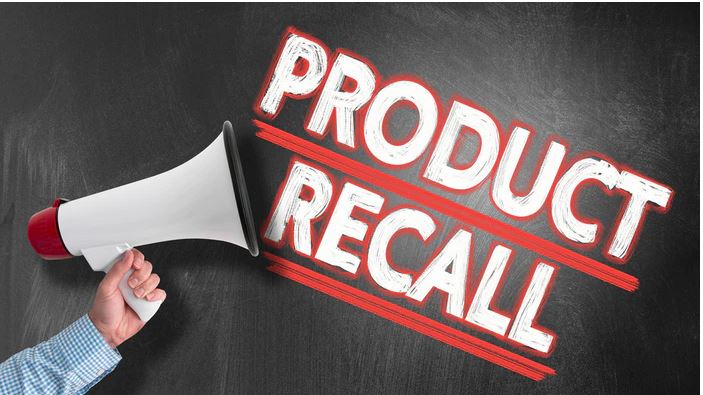When we look at the food supply chain, we assume that our food is wholesome and safe. We don’t want to think about the toxic food that may be finding its way into our grocery stores and in turn, our homes. While companies may not be able to completely prevent food recalls, there are a few ways in which they can reduce and minimize the impact.
“In 2019, for example, the USDA recalled over 10,000 tons of food products that were potentially dangerous to consumers.” The U.S Food and Drug Administration and the U.S Department of Agriculture issued a food recall almost daily in 2019 and probably has surpassed a daily recall today. “The CDC estimates that 48 million people get sick, 128,000 are hospitalized, and 3,000 die from foodborne diseases every year in the United States.”
The cost of contaminated food is high and does not only include the removal of the contaminated food from the supply chain. Additional costs include production stoppage, alerting authorities, suppliers, and consumers as well as researching the source of the issue and a company’s reputation. If the incident is large enough, some companies aren’t able to recover from a large food contamination issue.
How can we reduce these recalls and better identify toxic foods and remove them from the supply chain sooner? One idea is to use basic science—measures of mass, density, energy, and other attributes of physics. Read more about this theory in an article titled, “A simple tool for preventing recalls.”
One key component not mentioned in this article is the importance of acting quickly by knowing where your product is at all times. Product labeling can ensure that if a recall occurs, you are able to swiftly remove products from the supply chain, saving time, money, and your reputation. Pragmatyxs can help you implement the right regulatory steps to ensure a recall isn’t the demise of your company.
